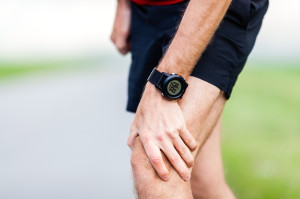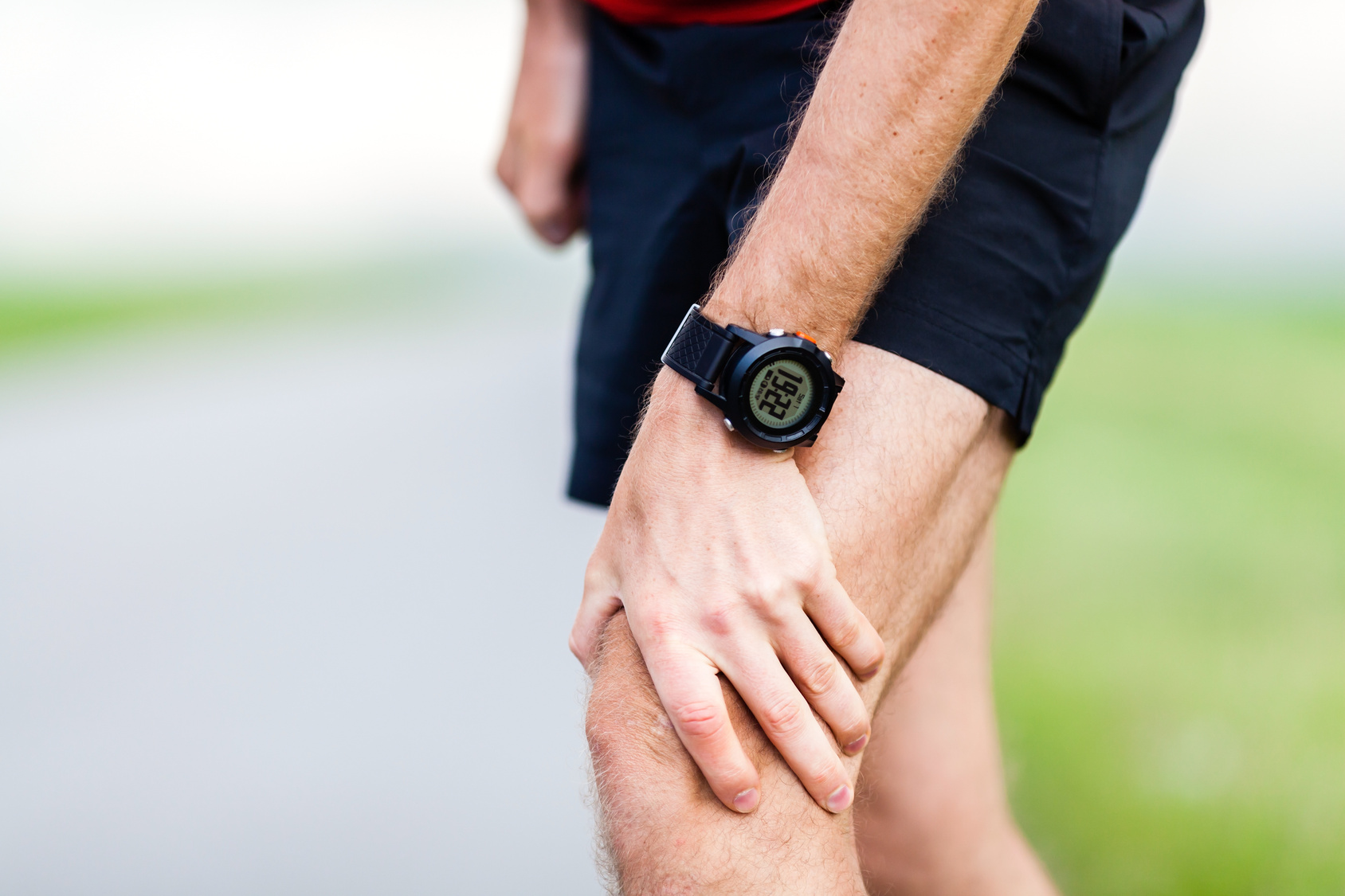 Got ITB Syndrome?
Got ITB Syndrome?
If you’re a runner, you may have experienced these familiar symptoms: a few miles into a run the lateral hip or knee begins to hurt, many times forcing you to cut the run short. You stretch, and stretch, and stretch…but nonetheless the pain comes back your next trip out to pound the pavement. What gives?
The iliotibial band, or ITB, is a band of connective tissue that starts at the ileum (top) of the pelvis and travels the outside of the leg, inserting just below the knee in the tibia (shin bone). If it is tight it rubs on bony prominences, either at the knee or at the hip area.
Treatment is easy on paper: stretching with use of a foam roller or the stick and this gets better.
Sometimes overpronation stretches the ITB during the swing phase of running gait and then it contracts tighter when you land. (Think of a rubber band when you stretch it then let go: it becomes shorter.) In this case an orthotic can be useful, decreasing the pain by correcting for over pronation.
So why doesn’t stretching in itself take care of the problem?
The problem lies in the makeup of the ITB. Connective tissue has a different function than muscle in your body, primarily present to cover muscles to allow gliding over one another with movement. The ITB is actually an extension of a muscle, the tensor fascia latae (TFL), and many times is not actually stretched in itself. While stretching the gluteal and TFL muscles can help, many times manual soft tissue treatments (ART, massage, foam rolling, the stick) are necessary in conjunction.
If the pain is persistent regardless of your self-treatment, it may be time to see a sports physician, such as a chiropractor or physical therapist. Active Release Technique has proven to be an effective treatment for ITB syndrome in conjunction with self-treatment, and many times will speed up treatment time. As with many running injuries, it is always a good idea to consider the shoes you are running in. It is recommended that you replace running shoes between 350-550 miles depending on your running style, body weight, and the surface on which you run. Lighter runners can get closer to the upper end of the recommendation, while heavier runners are harder on shoes and should consider replacement shoes closer to 350 miles.
The most difficult part of treating ITB syndrome is the obvious: in order for the pain to decrease you may need to take a short break in your running schedule. In most cases, treatment can be done while you continue training. Always seek the advice of a professional if self-treatment does not bring relief in 7-10 days.
Dr. Bobbie is a full body ART practitioner and practicing chiropractic physician in Tempe, AZ, and has personally dealt with most running injuries in the book over her 15 year running career.
.
Questions about how to fix your running injury?
Call our Tempe chiropractic office for a consultation: 480-440-4511
.
DISCLAIMER: This article is for informational purposes only, and does not take the place of an evaluation. For proper medical advice, see your chiropractic physician or medical doctor before determining what type of self care works for you.
Dr. Bobbie Bennett works with patients of all ages and walks of life. She enjoys helping her patients find freedom from pain and gain increased mobility so they can live their life without limitations.


